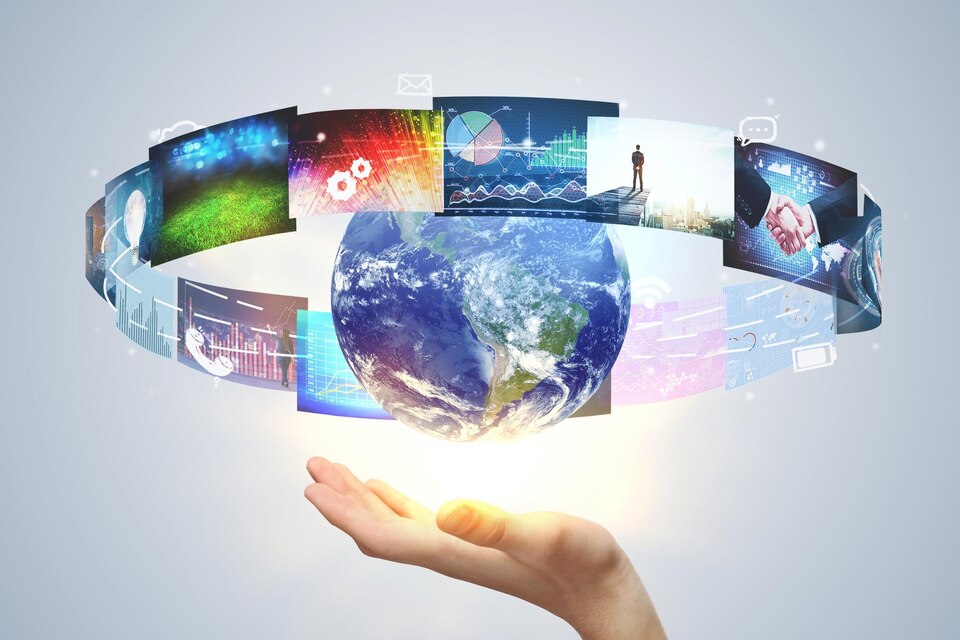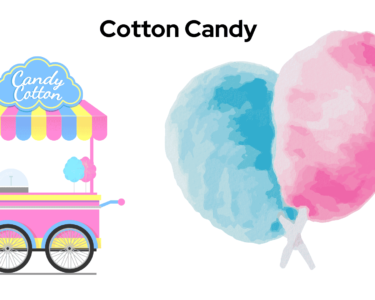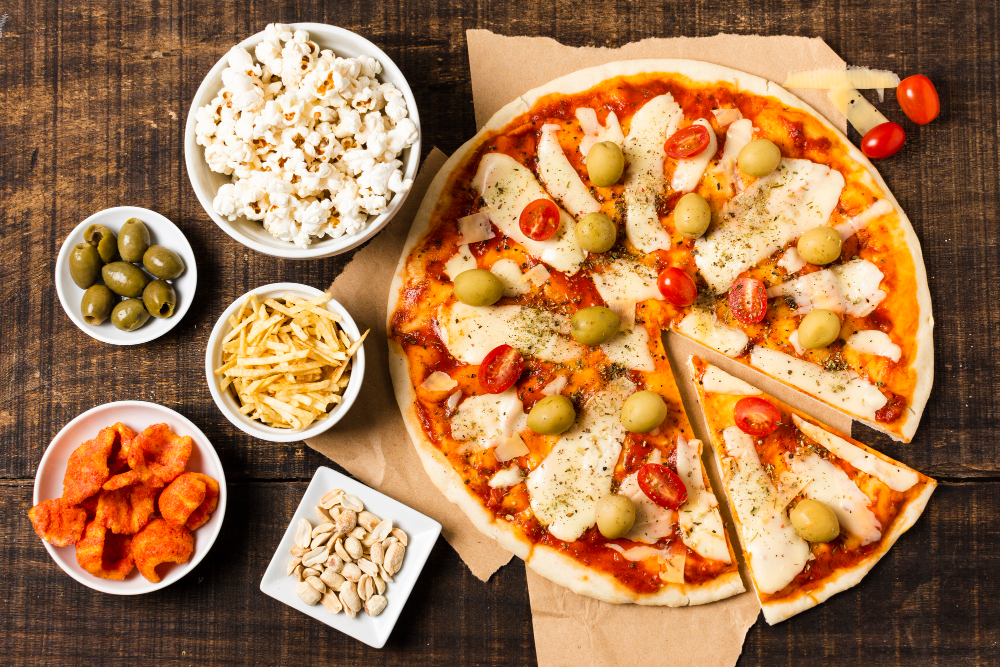Introduction:
The culinary industry has long been a source of inspiration and creativity. Chefs and food aficionados are continually pushing the frontiers of flavor and presentation. However, as technology has advanced, a new wave of culinary creativity has developed. Artificial intelligence (AI), augmented reality (AR), and virtual reality (VR) are transforming the way we design culinary applications, providing chefs and food enthusiasts with a whole new level of pleasure and convenience.
The Impact of AI on Food App Development
AI has become a game-changer in the food app development industry. With its ability to analyze vast amounts of data, AI algorithms can provide personalized recommendations, helping users discover new recipes, ingredients, and restaurants that suit their preferences. AI-powered chatbots also enhance the user experience by providing instant assistance and answering queries in real-time.
Furthermore, AI can streamline the cooking process by automating tasks such as ingredient measurement, recipe conversion, and meal planning. This not only saves time but also ensures accuracy, making it easier for home cooks and professional chefs alike to create delicious meals.
How AR is Enhancing the User Experience in Food Apps
Augmented Reality (AR) takes food app experiences to a whole new level by blending virtual elements with the real world. Imagine being able to visualize how a dish will look on your table before you even start cooking it. AR can make this possible by overlaying virtual images of food onto your surroundings, allowing you to see how it will appear in real life.
AR can also provide interactive tutorials and step-by-step instructions, guiding users through the cooking process. This hands-on approach enhances learning and makes it easier for beginners to follow along. Additionally, AR can bring menus to life by displaying detailed information about each dish, including ingredients, nutritional facts, and allergen warnings.
VR’s Role in Immersive Culinary Experiences
Virtual Reality (VR) is transforming the culinary world by immersing users in virtual environments where they can explore new flavors and cooking techniques. Through VR, food enthusiasts can take virtual tours of restaurants, farms, and markets, gaining insights into the origin and preparation of ingredients. This not only enhances their knowledge but also creates a deeper connection to the food they consume.
VR can also simulate dining experiences, allowing users to virtually taste and smell dishes. This immersive approach enables chefs to showcase their creations in a unique way, enhancing the overall dining experience. Moreover, VR can be used for virtual cooking classes, where users can learn from renowned chefs without leaving their homes.
Benefits of Using AI, AR, and VR in Food App Development
The integration of AI, AR, and VR in food app development brings numerous benefits to both users and businesses. For users, these technologies provide personalized experiences, making it easier to discover new recipes, plan meals, and explore different cuisines. AI-powered chatbots and virtual assistants ensure a seamless user experience by providing instant support and recommendations.
For businesses, AI, AR, and VR open up new opportunities for growth and engagement. By harnessing the power of data and AI algorithms, businesses can gain insights into user preferences, allowing them to tailor their offerings and marketing strategies. AR and VR experiences create a memorable brand image, attracting and retaining customers in a competitive market.
Challenges and Considerations in Implementing AI, AR, and VR in Food Apps
While the benefits of AI, AR, and VR in food app development are undeniable, there are also challenges and considerations that need to be addressed. One major challenge is the cost associated with implementing these technologies. Developing AI algorithms, creating AR content, and building VR experiences can be expensive, especially for small businesses or startups.
Another consideration is user acceptance and adoption. Some users may be hesitant to embrace these new technologies, fearing complexity or privacy concerns. It is crucial for developers to create intuitive and user-friendly interfaces, as well as address any security and privacy issues to gain users’ trust.
Key Features to Include in a Food App Using AI, AR, and VR
When developing a food app using AI, AR, and VR, there are key features that should be included to provide a seamless and engaging user experience. Personalized recipe recommendations based on user preferences and dietary restrictions can help users discover new dishes tailored to their tastes. AI-powered chatbots or virtual assistants should be integrated to provide instant support and answer user queries.
AR features such as virtual food visualization, interactive tutorials, and detailed dish information enhance the user experience by providing a hands-on approach to cooking and dining. VR features like virtual tours, simulated taste and smell, and virtual cooking classes offer immersive experiences that bring users closer to the culinary world.
Finding the Right Food Delivery App Development Company
When venturing into food app development, it is essential to find the right food delivery app development company. Look for a company with experience in developing AI, AR, and VR technologies, as well as expertise in the culinary industry. Consider their portfolio, client testimonials, and the solutions they offer to ensure they align with your vision.
Collaboration and communication are key throughout the development process. Choose a company that values transparency and understands your specific requirements. A good food delivery app development company will guide you through the entire process, from concept to launch, ensuring a successful and innovative food app.
Steps to Develop a Successful Food App Using AI, AR, and VR
Developing a successful food app using AI, AR, and VR requires careful planning and execution. Here are the steps to follow:
- Define your app’s objectives and target audience: Determine what you want to achieve with your app and who your target users are. This will help shape the features and functionalities you need to incorporate.
- Conduct market research: Analyze the competition and identify gaps in the market. Understand user preferences and pain points to create a unique value proposition for your app.
- Design the user interface and experience: Create intuitive and visually appealing interfaces that are easy to navigate. Consider user feedback and conduct usability tests to refine the design.
- Develop AI, AR, and VR functionalities: Collaborate with experienced developers to bring AI, AR, and VR technologies into your app. Ensure seamless integration and performance optimization.
- Test and iterate: Conduct thorough testing to identify and fix any bugs or issues. Gather user feedback and make necessary improvements to enhance the user experience.
- Launch and promote your app: Plan a strategic launch and marketing campaign to generate buzz and attract users. Leverage social media, influencers, and partnerships to reach your target audience.
The Future of Food App Development with AI, AR, and VR
The future of food app development is promising, with AI, AR, and VR set to play an even bigger role. As technology continues to advance, we can expect more sophisticated AI algorithms that provide highly personalized experiences. AR and VR experiences will become more immersive and realistic, allowing users to engage with food in unprecedented ways.
The integration of AI, AR, and VR with other emerging technologies like Internet of Things (IoT) and blockchain will create a more connected and secure food ecosystem. From smart kitchen appliances that communicate with food apps to transparent supply chains powered by blockchain, the possibilities are endless.
Conclusion: Embracing Technology for Culinary Innovation
The culinary world is embracing technology like never before, and AI, AR, and VR are at the forefront of this culinary revolution. These technologies are transforming the way we create food apps, providing personalized experiences, enhancing user engagement, and opening up new opportunities for businesses.
As the industry evolves, chefs, food aficionados, and companies must embrace new technologies and fully realize their potential. We can transform the culinary world and create amazing experiences for all food enthusiasts by leveraging the power of AI, AR, and VR.
Note– Enhance Your Tech Startup & Business: Connect with AG Ventures for Funding & Development Ideas!F




